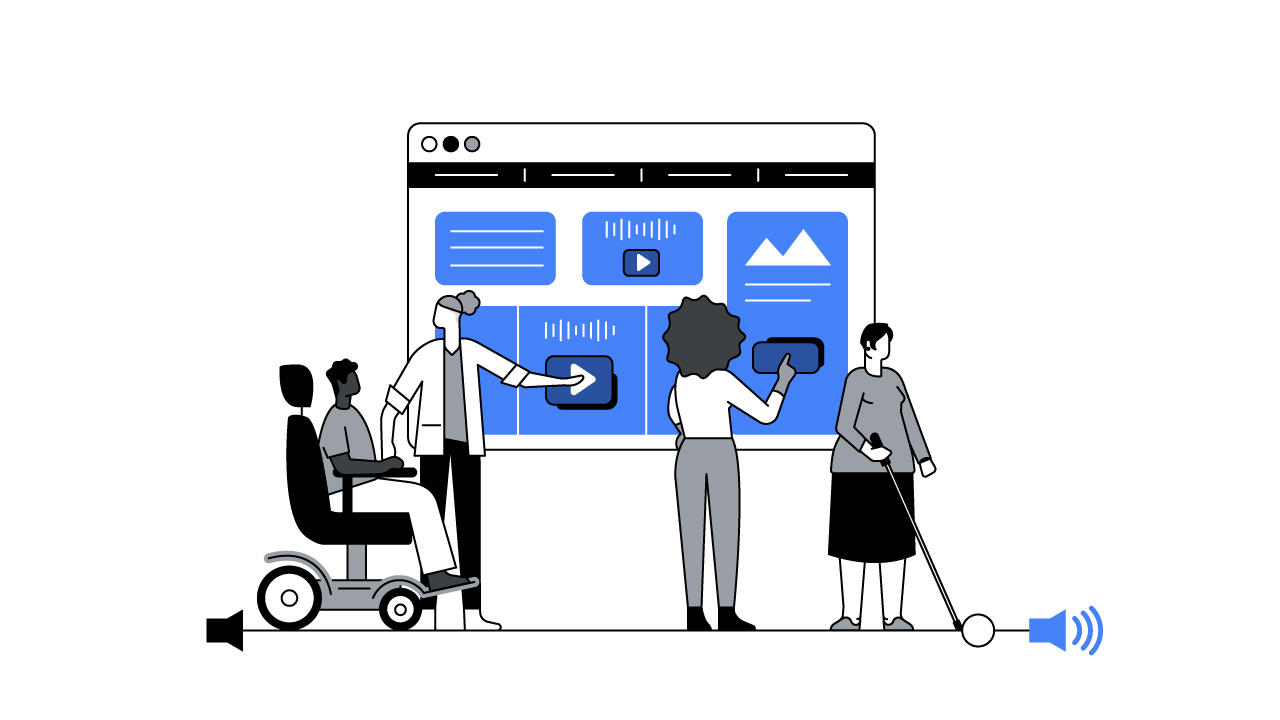Jamal Edwards MBE — YouTube entrepreneur and founder of £8m media empire SBTV — is passionate about changing the conversation around diversity in media. In 2019 he founded Delve, a grassroots youth-centre project, and he’s recently worked on a campaign with the U.K. Department of Education. Here he explains the steps every brand should take to make diversity more than a buzzword.
Promote diversity, not just in the way your company promotes and hires staff but in the way you think and communicate
In a year when bias and systemic racism has been a key part of public discourse, plenty of companies are looking to show their commitment to diversity. It’s crucial, though, to do more than just pay lip service to these concepts and ensure they’re embedded in the DNA of your company culture. In doing so, you won’t just win goodwill but also expand your thinking, allowing you to create more impactful content that resonates with every audience. Here’s how to promote diversity and inclusion, not just in the way your company promotes and hires staff but in the way you think and communicate.
Promote diversity in the workplace from the top down
Most fundamentally, any change in company culture has to come from the top. When I was younger, I worked in companies where I felt out of place as soon as I talked with people outside my team. On the other hand, I also worked with companies where the CEO was invested in building a diverse workforce, and that attitude filtered down.
When decisions are being made, it’s important to have a diversity of outlooks in the room. That means ethnicities and genders, but also people of different ages and from different socio-economic backgrounds. Creating an inclusive work environment is crucial to successful decision making. They’ll flag issues that you might not even be aware of and bring fresh perspectives that would be overlooked otherwise — if you listen to them, that is. Because as crucial as it is to include people in the room, they also have to be encouraged to speak and know that their peers will listen. If your company struggles with this, bring the outside in – an outside consultant who isn’t ingrained in your business’ company culture will often be able to see the things you might be overlooking.
Hire people close to your audience
Listening to the right people is even more crucial when it comes to creative. When big campaigns hit a sour note, you can often tell that the right people weren’t in the room — or weren’t being listened to — when the idea was signed off. There are people that have been working among the communities you’re looking to connect with for a long time, and it’s key to get them involved.
On the flipside, getting people who know the communities you’re trying to engage with can really pay off. I consulted with BRTHR for a Nike campaign, and by using culturally diverse kids from the capital, the team created something truly authentic to pitch in. Now I’m working with kids from my charity Delve — a grassroots youth-centre project — many of whom are looking for opportunities to share their own perspectives and voices. That’s something companies could be paying more attention to.
Trust your collaborators
Sometimes, making good creative can mean giving up more control than brands are initially comfortable with. On YouTube, for instance, creators know what they’re doing, they know the platform. You have to be willing to work with them — and ready to listen to them. They’re close to the communities they speak to, more agile than traditional companies, more open to feedback, and can adapt extremely quickly, too.
Traditional media can take anywhere from six months to a year to react to shifts in what’s popular, but on YouTube you can essentially pivot after one video — I’m listening to people and reading comments all the time, and I’ll change strategy accordingly. A project I worked on this year was 'The Calling', a track SBTV launched on Spotify and YouTube in collaboration with the Department of Education and grime artist P Money, which used seven apprentices to work on drone engineering, sound and video production, lighting, and hair and makeup. It shows the power of education, but also what's possible with collaboration on an open, creative platform.
This is a moment where everyone’s talking about diversity, but it shouldn’t be the only moment. Making marketing and advertising more inclusive isn’t something that will happen overnight, or even this year, but making strides towards it can benefit everyone — including your business. Make sure there are different voices in your company, in the rooms where decisions are made, and present during the creative process — then listen to them. Equality in the workplace means we’ll all move forward.





